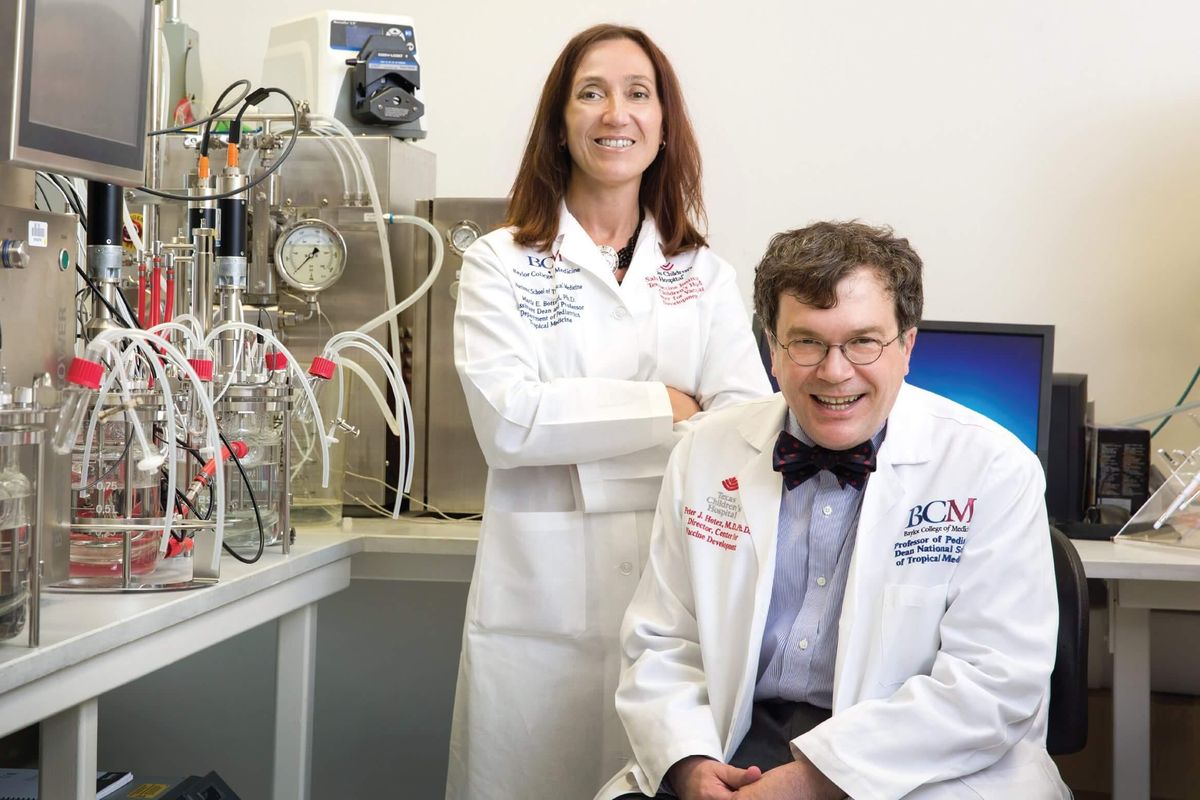Houston restaurant veteran pops open award-winning and sustainable new bottled water
how nice
Houstonians who are picky about their bottled water but also environmentally minded now have a refreshing local option — one that even comes to them.
A new, “hyperpure” oxygen-enriched water brand has rolled out in Houston in single-serve and subscription options. Dubbed HOW — Hyperpure Oxygenated Water — the award-winning super-filtered water (via a 14-level filtration process that removes impurities down to the nano-level .0001 microns) is now available at 35 specialty retailers around town.
HOW secured gold medal awards in the coveted category of Best Tasting Purified Drinking Water in 2019 and 2021 at the annual Berkeley Springs International Water Tasting in Berkeley Springs, West Virginia. That contest is widely known in the industry as The Oscars of water tasting competitions.
The new water comes courtesy of local serial entrepreneur Bob Peebler, whose 40-plus year career in business has spawned multiple ventures, including the instantly recognizable health-conscious Ruggles Green restaurants.
Fresh air
Peebler’s water journey started six years ago when he met an inventor in Santa Barbara who was building a perfect water system that not only produced hyperpure water, but also an experimental system that raised the oxygen levels of the water up to five times beyond the oxygen content in tap and bottled water.
“This difference in the inventor’s system was how he used a patented system that injects 98 percent oxygen into a swirling vortex that creates nano bubbles that find their way to embed in the water,” Peebler tells CultureMap. “The bubbles are so small that when the body absorbs the water, it ends up raising the oxygen levels of the body’s tissues. After seeing lab measurements, I was convinced that this was different. The other intrigue is that in-solution oxygen creates a silky texture which makes the water a pleasure to drink.”
After coaxing the inventor to build a system at his home in Ojai, California, Peebler shared the water with his friends, who couldn’t get enough of it. The serial entrepreneur was inspired.
Precious metal
Hardly surprising that the Houstonian responsible for Ruggles Green and its healthy and planet-first approach (reusable containers, biodegradable utensils) would create an eco-friendly new product. Aside from the health benefits offered with HOW, Peebler wanted reusable and recyclable delivery systems. And that meant no plastic bottles, but rather, aluminum.
“No one is certain how microplastics affect our health, but I’m guessing it’s not a good thing, and I know it doesn’t help the taste,” says Peebler. “More importantly, there are 1 million plastic bottles purchased every minute, and roughly 70 percent of that mostly non-recyclable plastic waste ends up in our oceans, lakes, bayous and landfills. In contrast, the aluminum bottles that HOW uses are infinitely recyclable.”
A winning formula
Learning first-hand how wasteful the restaurant industry is, Peebler ensured his Ruggles Green operations recycled grease, composted waste, used diode lighting, and employed other environmentally friendly approaches. With that in mind, he’s ensured that his water tastes good, is good for the planet, and the bottles are reusable or easily recycled.
Currently available for home delivery (subscribe here), HOW can also be found at spots such as Midtown Market, Phoenicia Specialty Foods, Rice Epicurean Market, O Athletik, Total Nutrition, and all four Local Foods locations. Bottled in a specialty plant in Mineral Wells, Texas, HOW is slated to be released to Dallas-Fort Worth, Austin, and San Antonio.
It’s all part of Peebler’s ambition to provide a wealth of water that’s good for people and planet.
“If we deliver a superior tasting product that just happens to be better for both your health and our planet,” Peebler adds, “we believe that’s a winning combination that will resonate with consumers.”
------
This article originally ran on CultureMap.




















